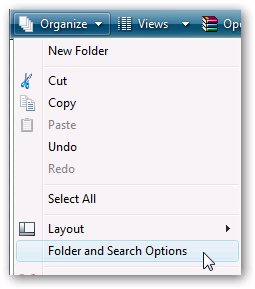

We use this information to address the inquiry and respond to the question. To conduct business and deliver products and services, Pearson collects and uses personal information in several ways in connection with this site, including: Questions and Inquiriesįor inquiries and questions, we collect the inquiry or question, together with name, contact details (email address, phone number and mailing address) and any other additional information voluntarily submitted to us through a Contact Us form or an email. Please note that other Pearson websites and online products and services have their own separate privacy policies. This privacy notice provides an overview of our commitment to privacy and describes how we collect, protect, use and share personal information collected through this site. Pearson Education, Inc., 221 River Street, Hoboken, New Jersey 07030, (Pearson) presents this site to provide information about products and services that can be purchased through this site.
#How to view file types in xp windows#
Windows XP displays the Create New Extension dialog box shownin Figure 3.10. Open the Folder Options dialog box and display the File Typestab.Ĭlick New. This method enables you to select adifferent icon, set up multiple actions, and more. If you want more control over your new file type, use the File Types tabinstead of the Open With dialog box. Using the File Types Tab to Create a More Advanced File Type In the Registry, the new HKEY_CLASSES_ROOT file type name is ext_auto_file, where ext is the file’sextension. The icon associated with the file is the same as the one used by theassociated application. If you can use the application to both display andedit the file, Windows XP creates Open and Edit actions ifyou can use the application only to display the file, Windows XP creates justthe Open action. The number of actions Windows XP creates for the file type depends on theapplication you selected.

In the File Types tab, the new file type appears in the Registered FileTypes list under the name you entered into the Type a Description typebox. This method creates a new file type with the following properties: Make sure that the Always Use the Selected Program to Open This Kind ofFile check box is activated. Use the Type a Description That You Want to Use for This Kind of Filetext box to enter a description for the new file type. In the Programs list, select the application you want to use to open thefile or click Browse to choose the program from a dialog box. Īctivate the Select the Program from a List option and then click OK.Figure3.9 WindowsXP displaysthis dialogbox whenyou attemptto openan unregisteredfile type.


 0 kommentar(er)
0 kommentar(er)
